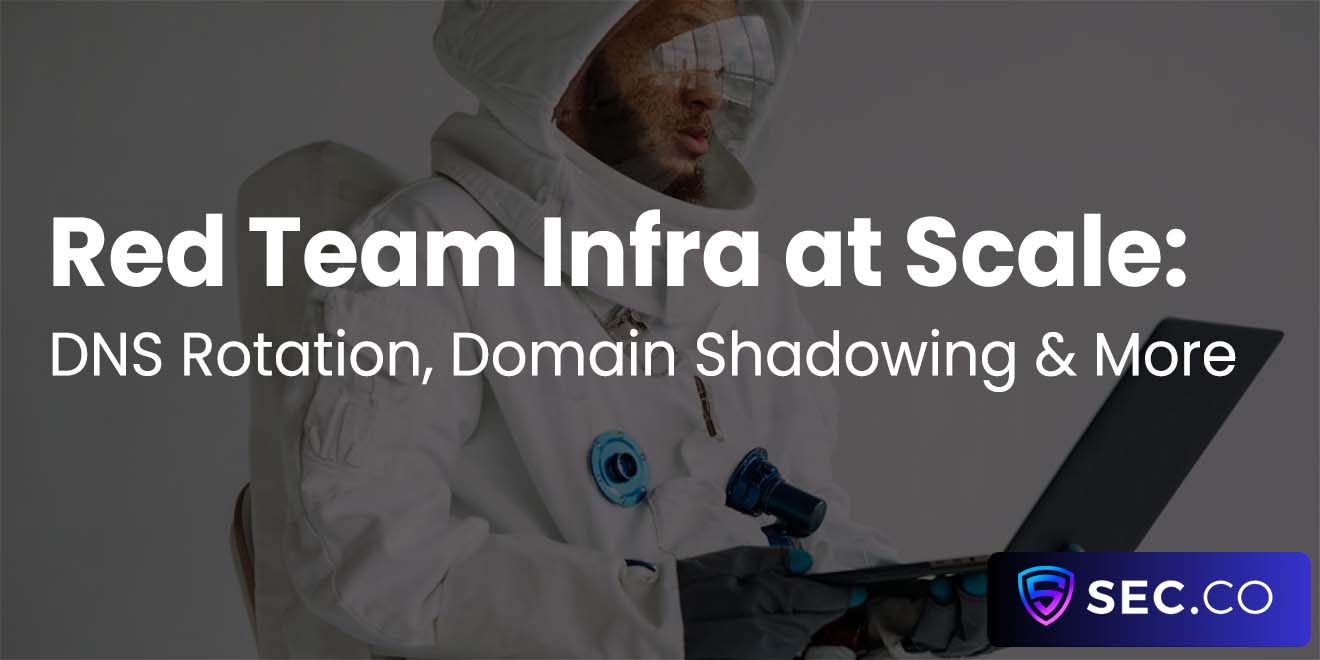Decrypting Encrypted Threats: Middleboxes vs Endpoint Instrumentation
Cybersecurity & Cyberdefense professionals used to treat encryption as a security blanket—wrap data in TLS and you could more or less forget about it until it arrived at its destination. Times have changed. Today, the same cryptographic cloak that protects legitimate traffic also shelters malware downloads, command-and-control tunnels, and data exfiltration streams.
With roughly 90 percent of web flows now encrypted, defenders must decide where to peel back that cloak: in the network, using middleboxes, or on the host, using endpoint instrumentation. Each approach carries its own mix of visibility, complexity, cost, and privacy impact. Understanding those trade-offs is essential before you budget for a next-generation inspection platform or deploy another agent on every laptop.
The Rise of Encrypted Threats
From HTTP to HTTPS Everywhere
In less than a decade, the internet flipped from “encryption for the sensitive stuff” to “encrypt everything by default.” Free certificates, automated renewal tools, and security-minded browsers pushed HTTPS adoption over the tipping point. While this shift protects users from classic man-in-the-middle snooping, it also means the URL your user clicks, the file they download, and the beacon your adversary launches all look like undecipherable blobs on the wire.
Attackers in the Shadows
Threat actors adapted quickly. Phishing sites now present valid certificates, ransomware payloads arrive over TLS, and botnets hide their chatter inside innocuous-looking HTTPS sessions. Signature-based network security tools—built to scan plaintext—are left half-blind. The defender’s dilemma is clear: you must decrypt somewhere, somehow, or accept that a growing share of malicious activity passes under your radar.
The Middlebox Approach
How TLS Inspection Works
Middleboxes—firewalls, secure web gateways, or dedicated SSL/TLS inspection appliances—sit between the endpoint and the open internet. Acting as an authorized man-in-the-middle, they terminate the incoming TLS session, inspect the plaintext payload, then re-encrypt the traffic before handing it to the user.
To avoid endless certificate warnings, administrators push a trusted root certificate to every managed device so the interception remains invisible to browsers and operating systems.
Strengths of Middleboxes
Central Point of Control: One policy update protects thousands of users without touching individual hosts.
Appliance-Class Horsepower: Custom hardware, FPGAs, or crypto accelerators can chew through gigabits of traffic without collapsing the Wi-Fi.
No Endpoint Dependency: Guests and bring-your-own-device users receive the same inspection as fully managed laptops.
Drawbacks and Trade-Offs
Privacy Concerns: In some jurisdictions, intercepting personal banking or medical traffic may violate data-protection laws.
Blind Spots Off-Network: Once a laptop leaves the office, hotel Wi-Fi has no middlebox, and the user’s traffic reverts to opaque ciphertext.
Performance Tax: Even with hardware acceleration, bulk decryption and re-encryption add latency, especially for high-volume downloads.
Certificate Pinning and HSTS: More applications pin their certificates or enforce strict transport security, breaking man-in-the-middle workflows and driving help-desk tickets.
Endpoint Instrumentation
Peering Inside the Host
Endpoint Detection and Response (EDR) agents, secure browser plugins, or kernel-level drivers can examine data after it is decrypted by the local operating system but before it reaches the user process or the network stack. Some solutions hook into the TLS libraries themselves, capturing session keys and handing them to a passive network sensor for out-of-band analysis.
Strengths of Endpoint Instrumentation
Full Context Visibility: Beyond packet payloads, the agent sees executing processes, parent-child relationships, registry changes, and file system touches. That context allows for richer behavioral analytics.
Works Anywhere: Whether the device is on a café hotspot, in a home office, or on a trans-Pacific flight, the agent still sees decrypted traffic.
Granular Response: The same module that inspects can also quarantine files, kill processes, or disconnect the host from Wi-Fi—actions no middlebox can perform.
Drawbacks and Trade-Offs
Agent Fatigue: Each new module competes for CPU cycles, disk I/O, and user patience. Overlapping drivers can conflict or destabilize the system.
Platform Coverage Gaps: Linux servers, IoT devices, or legacy operating systems may lack a compatible agent, leaving islands of unmonitored traffic.
Key Leakage Risks: Extracted session keys represent a juicy target for attackers; mishandling them could hand over the very secrets you intended to protect.
Operational Overhead: Rolling out, updating, and troubleshooting agents across thousands of endpoints demands mature device-management processes.
Choosing the Right Strategy
Complementary, Not Mutually Exclusive
Middleboxes and endpoint instrumentation solve overlapping but distinct pieces of the encrypted-threat puzzle. Many mature security programs layer them: a gateway provides broad, policy-based inspection for office traffic, while an EDR agent delivers off-network coverage and host-level forensics. Selecting one approach over the other rarely satisfies every use case, so evaluate how the two can reinforce, not replace, each other.
Operational Considerations
When budgets or staffing limit you to a phased rollout, prioritize by risk surface:
High-Throughput Data Centers: Middleboxes often win here because you can’t realistically deploy agents on every container or microservice.
Roaming Workforce: Endpoint instrumentation offers visibility wherever the user goes, and modern zero-trust architectures assume users are “outside” most of the time.
Regulatory Environment: Healthcare, finance, or EU-based organizations may face strict rules on decrypting personal data. Endpoint tools that focus on process behavior rather than full payload capture can sidestep some privacy landmines.
Incident Response Workflow: If your SOC already leans heavily on EDR telemetry, integrating encrypted-traffic insights at the endpoint streamlines triage. If packet captures are your primary evidence, feeding decrypted flows from a middlebox into your analysis stack feels more natural.
Future Trends
TLS 1.3 and Encrypted Client Hello (ECH) tighten the window for on-the-wire decryption, putting additional strain on middlebox models.
Hardware-backed key escrow (e.g., Intel SGX-based approaches) may let endpoints share session keys securely with designated collectors, blending the two paradigms.
Machine-learning models that detect anomalies in encrypted traffic metadata—packet size, timing, and destination reputation—offer a “no-decryption” safety net, though today they supplement rather than replace full inspection.
Conclusion
Encryption is a double-edged sword: a shield for the innocent and a cloak for the malicious. Deciding where to lift that cloak is one of the defining architecture choices in modern Cybersecurity & Cyberdefense. Middleboxes grant centralized, high-performance oversight but stumble outside the perimeter and face growing protocol headwinds.
Endpoint instrumentation delivers location-agnostic and richly contextual visibility but increases agent sprawl and operational complexity. Treat the decision less as an either-or debate and more as a portfolio exercise. Map your organization’s traffic patterns, regulatory constraints, and response workflows, then mix the tools that best complement each other. After all, the attackers you are chasing rarely limit themselves to a single tactic—your defenses shouldn’t either.
Trusted by the Web Community
See what we written lately
Request an invite
Get a front row seat to the newest in identity and access.
















